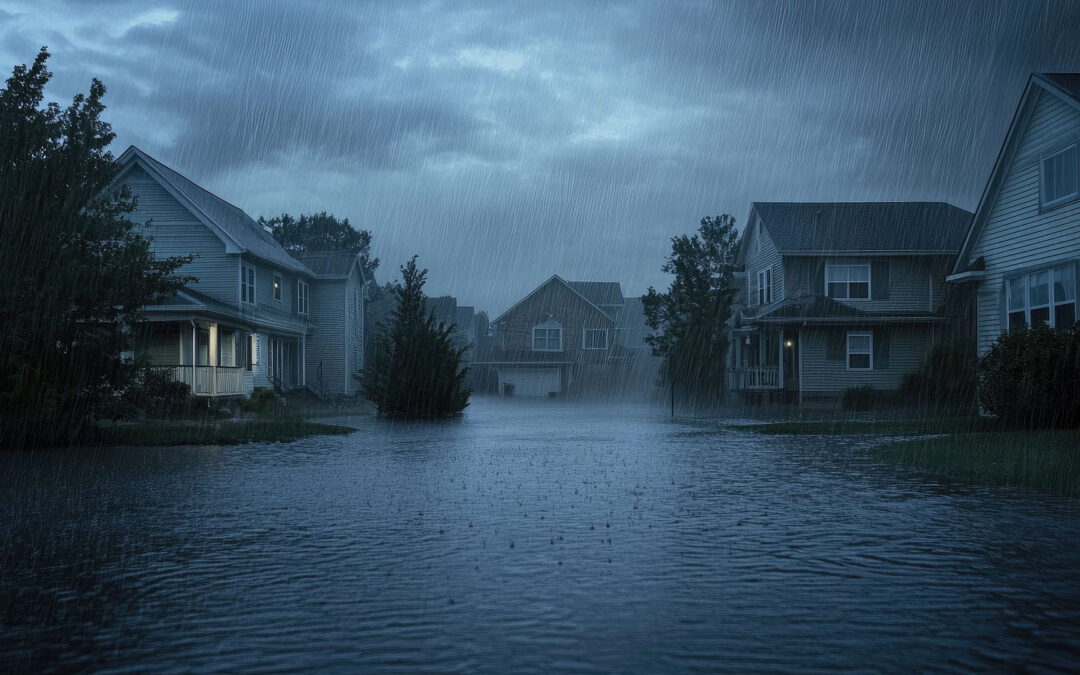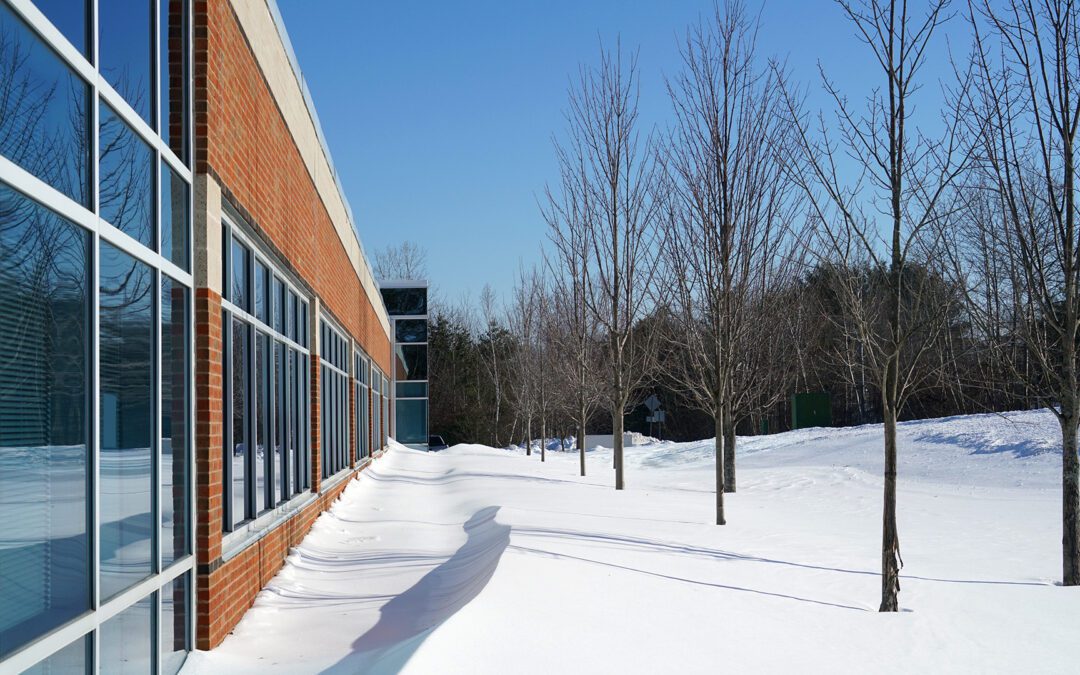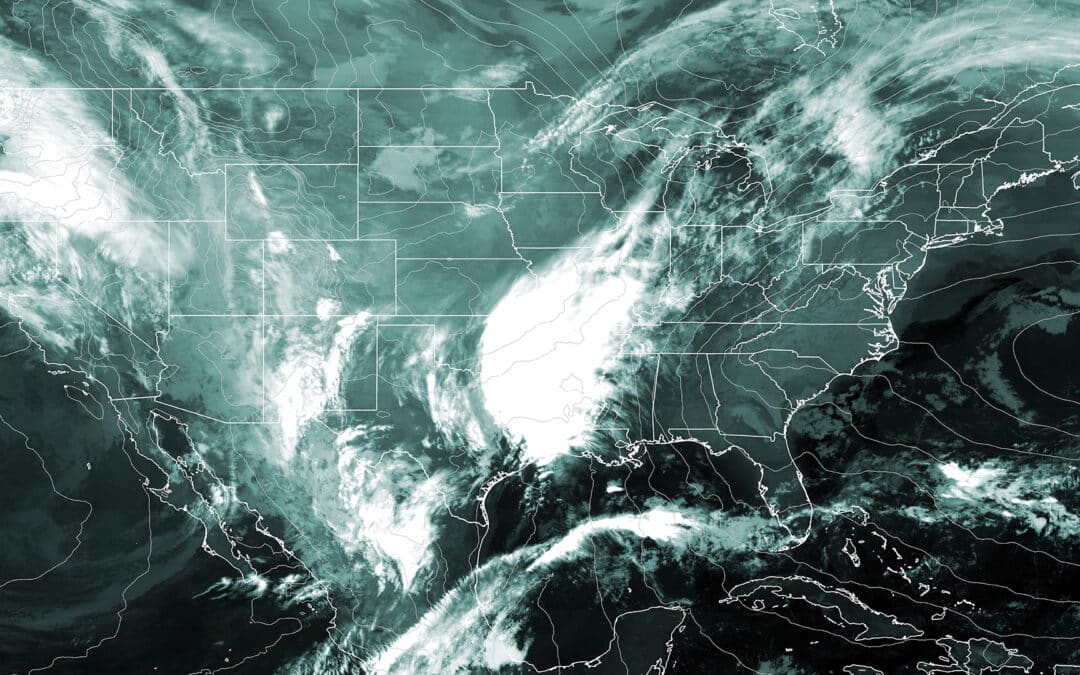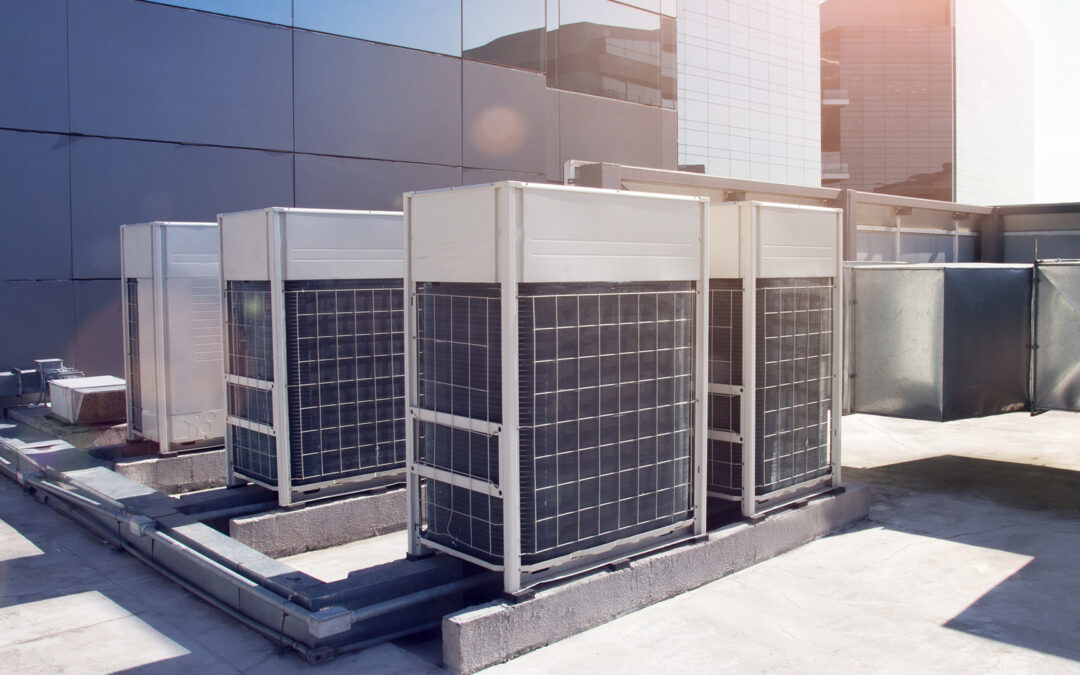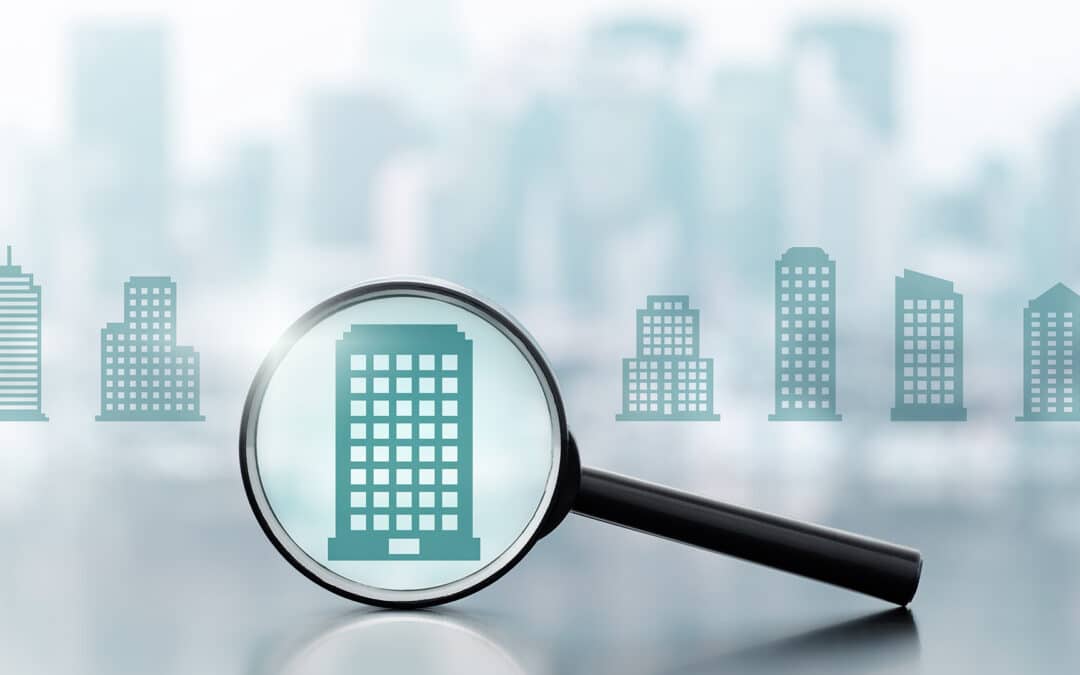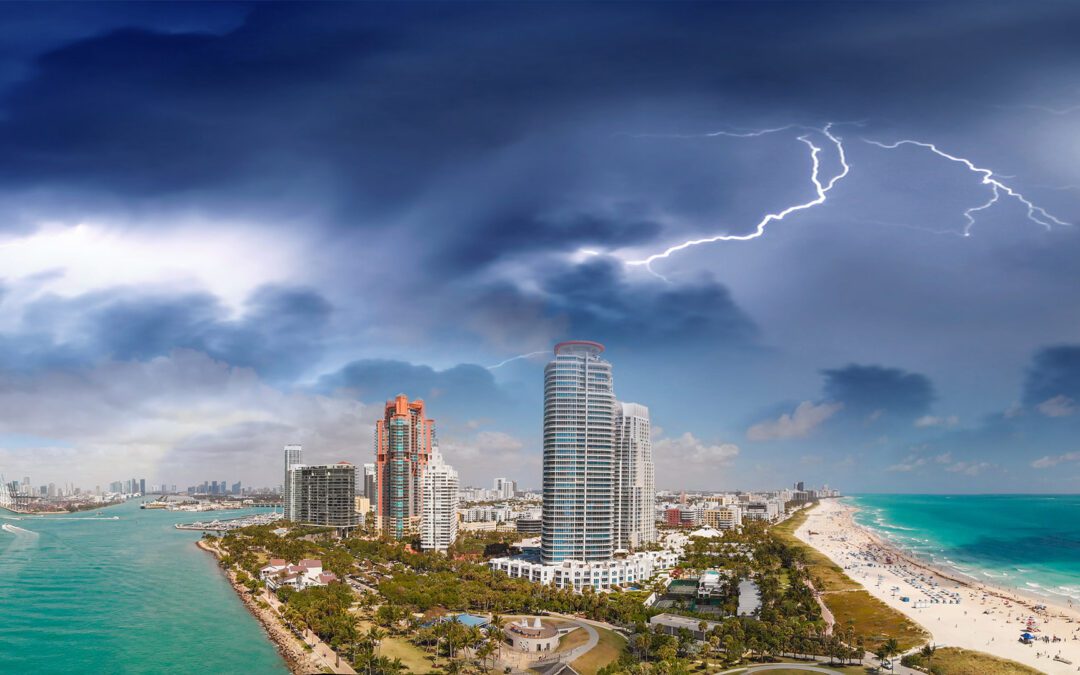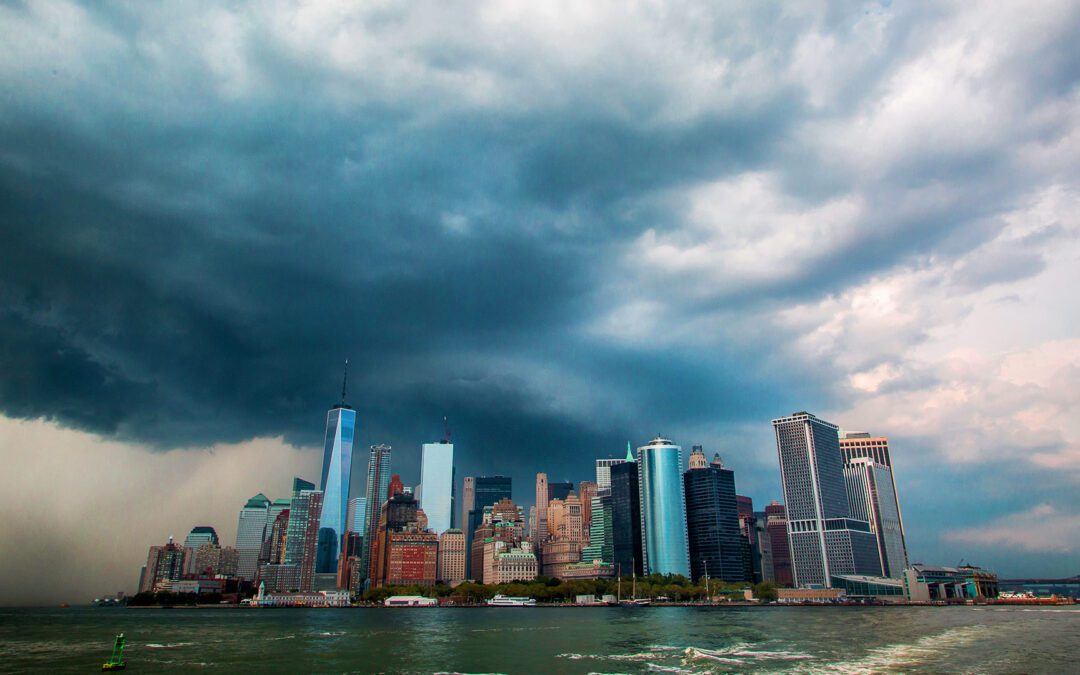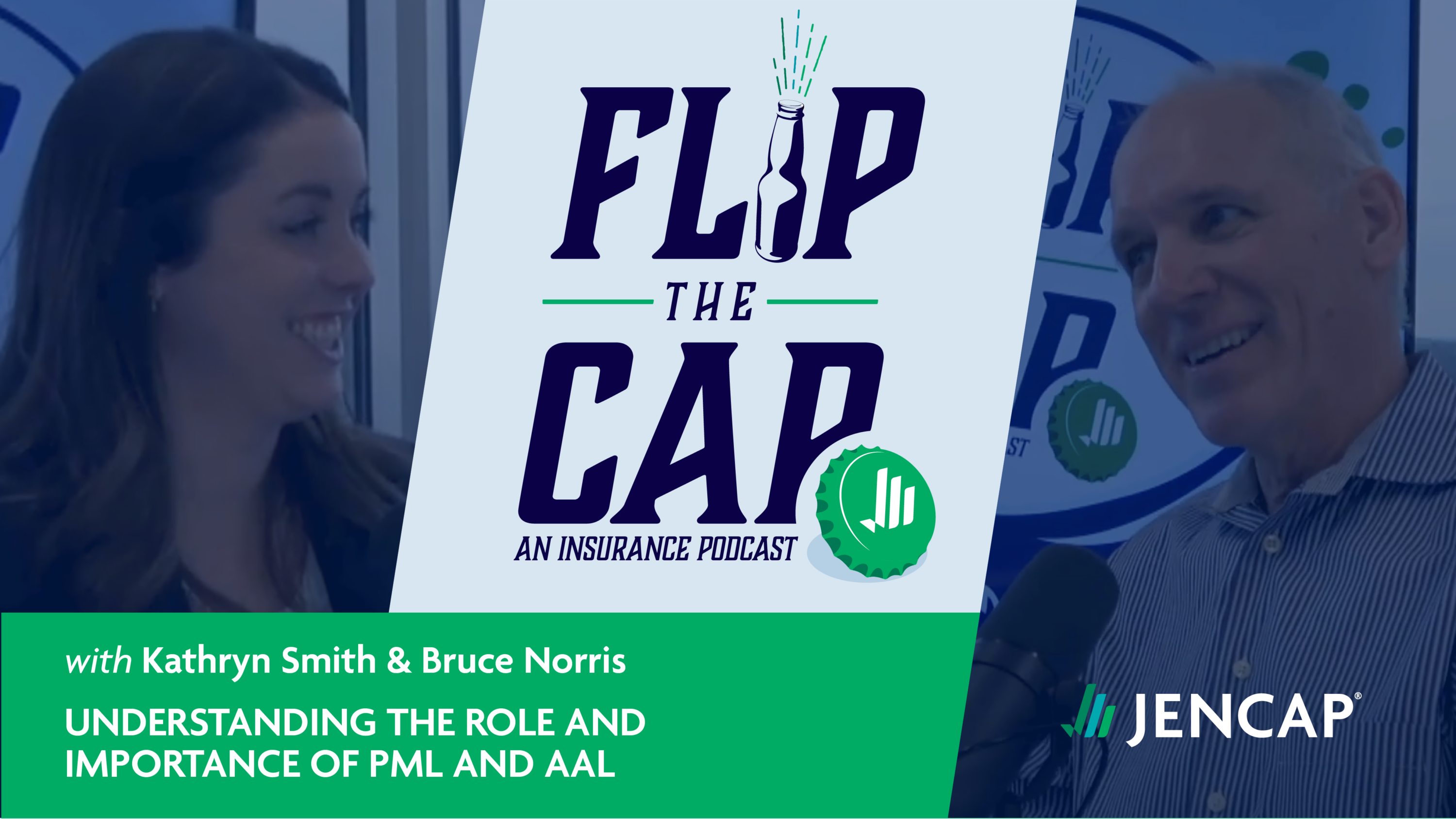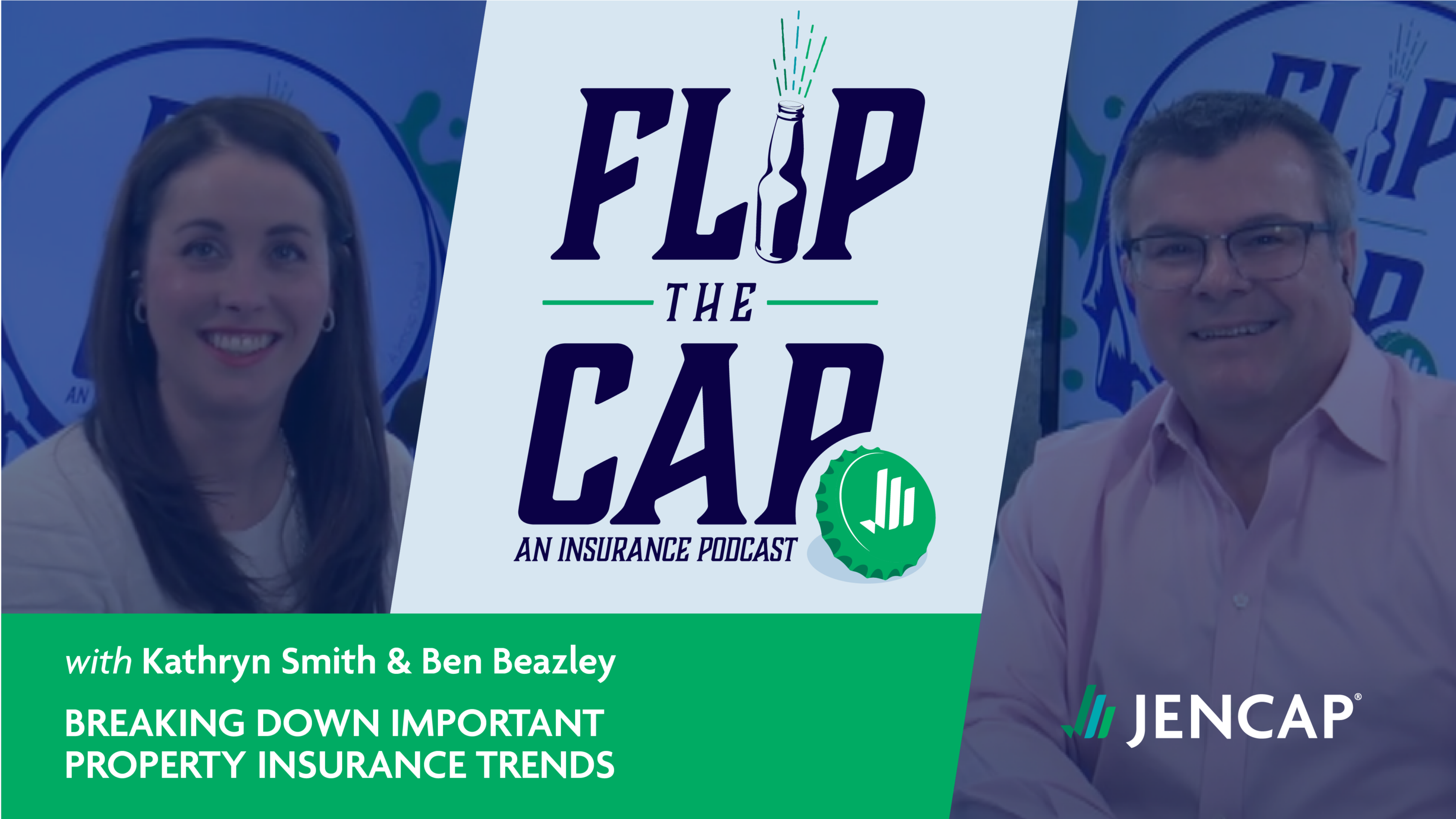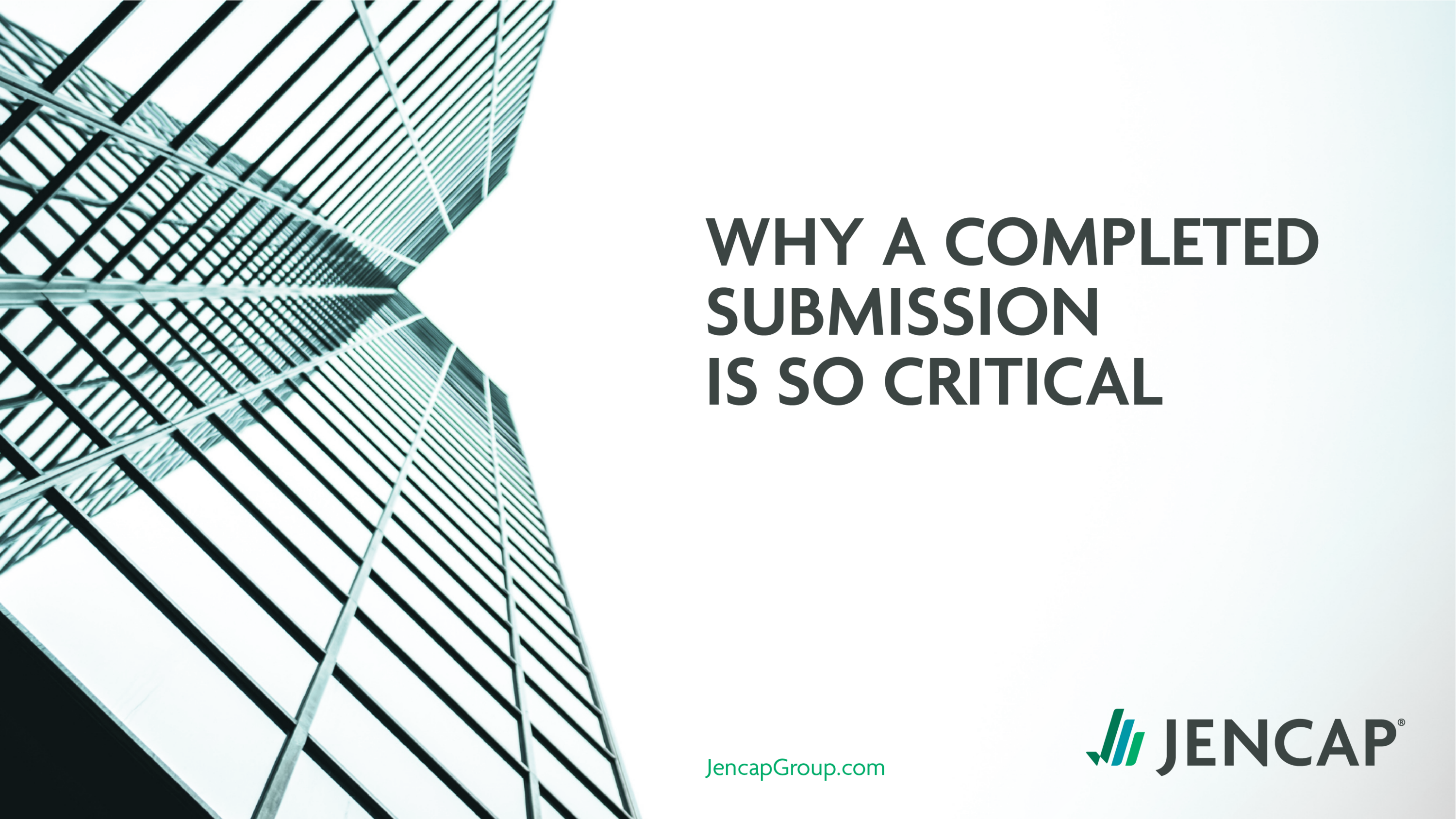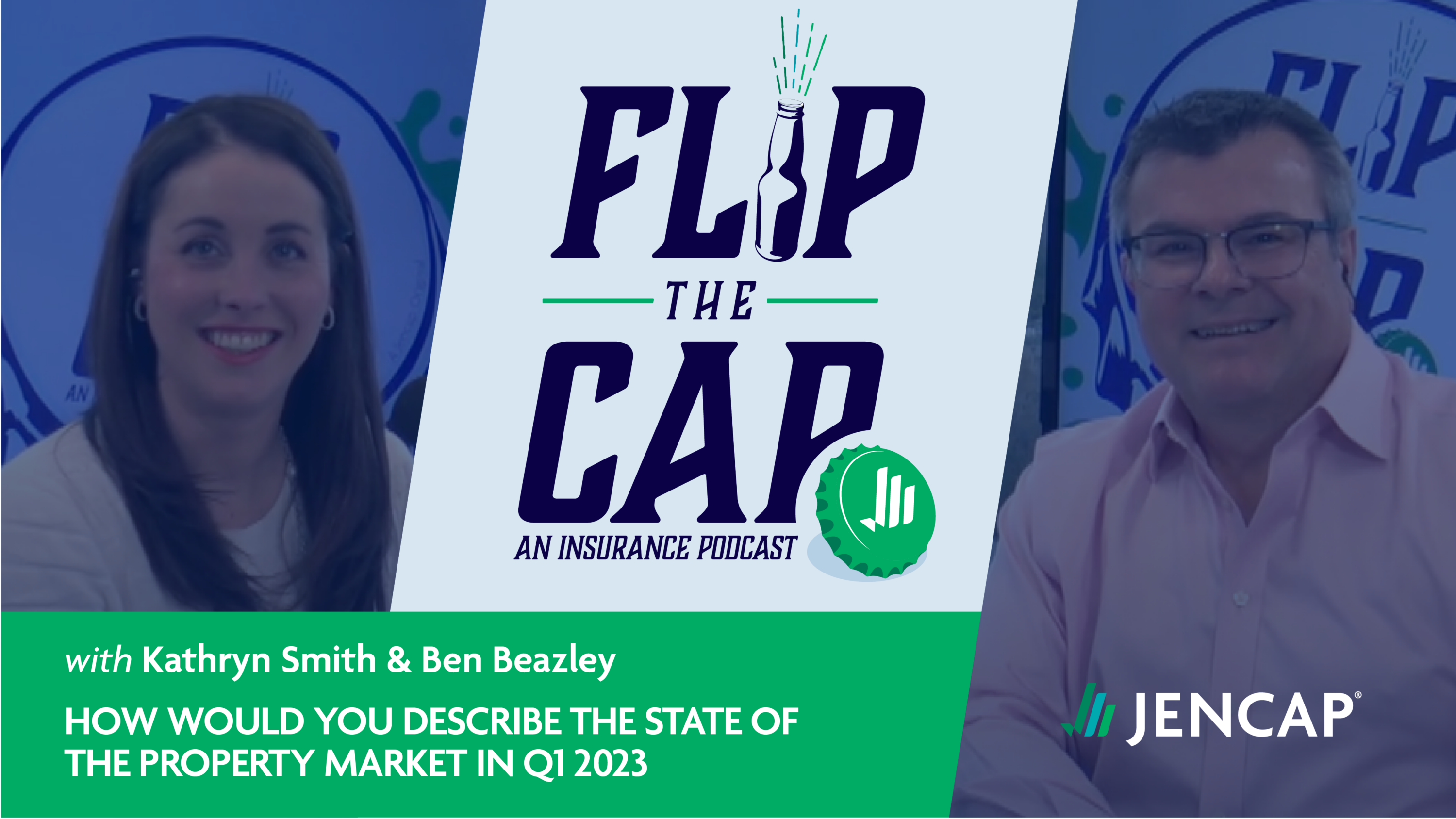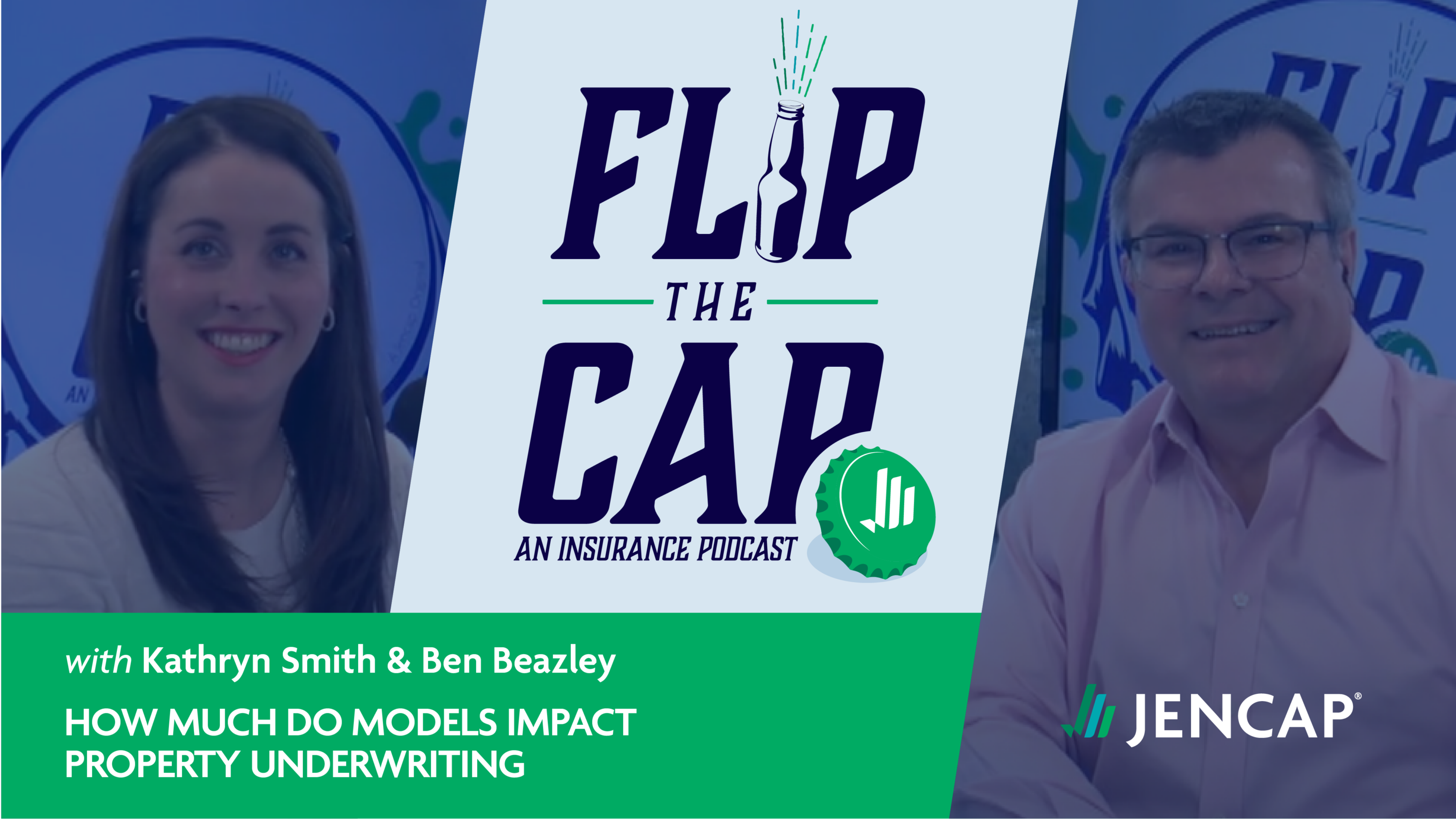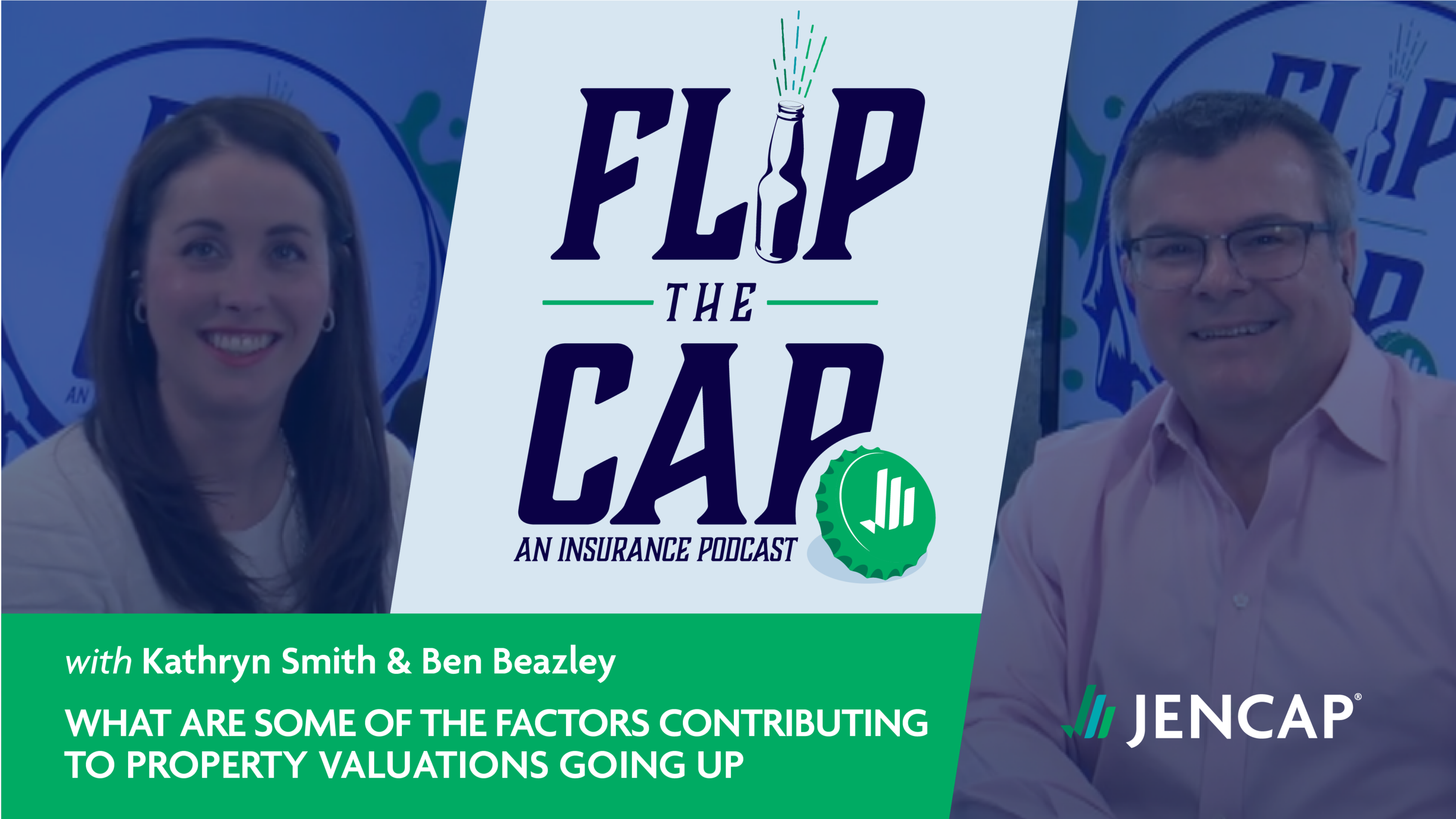If you’re a retail insurance agent with a book of business in the property insurance market, you’ve no doubt had conversations with concerned clients about why their premiums are increasing and coverage is getting harder to come by. Unfortunately, this is the case even for insureds that are loss free. The property market has seen consistent rate increases since 2017, with average increases of 20.4% as of the beginning of this year — and considerably higher rates for catastrophe exposed risks or risks with contentious occupancies. These rates are expected to keep climbing.
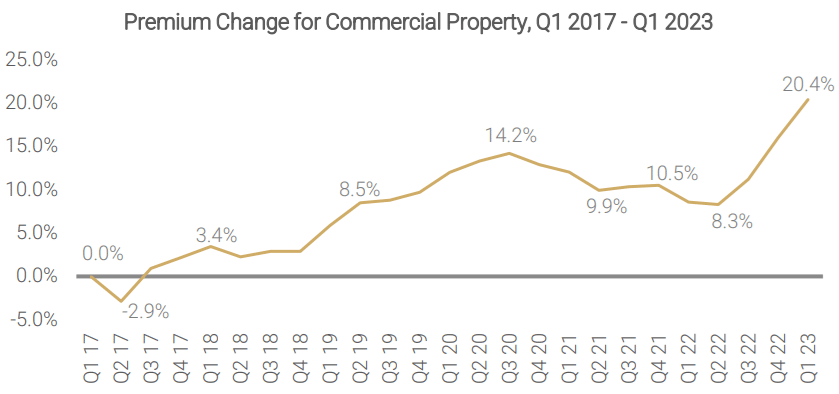
Source: Commercial Property/Casualty Market Index, reprinted in Insurance Journal.
There are a multitude of interconnected factors creating these hard market conditions and surging prices. We’ll unpack some of the primary contributing factors below, so you are armed with information to share with your clients.
1. Weather Conditions and Natural Disasters
According to the NOAA, since 1980, we’ve experienced 360 weather and climate-related natural catastrophes. Each of these disasters has tallied up damages and costs upward of $1 billion, with a grand total of over $2.57 trillion. This data, of course, represents the most extreme weather events, and says nothing of the numerous storms and events that don’t reach the $1 billion cost threshold.
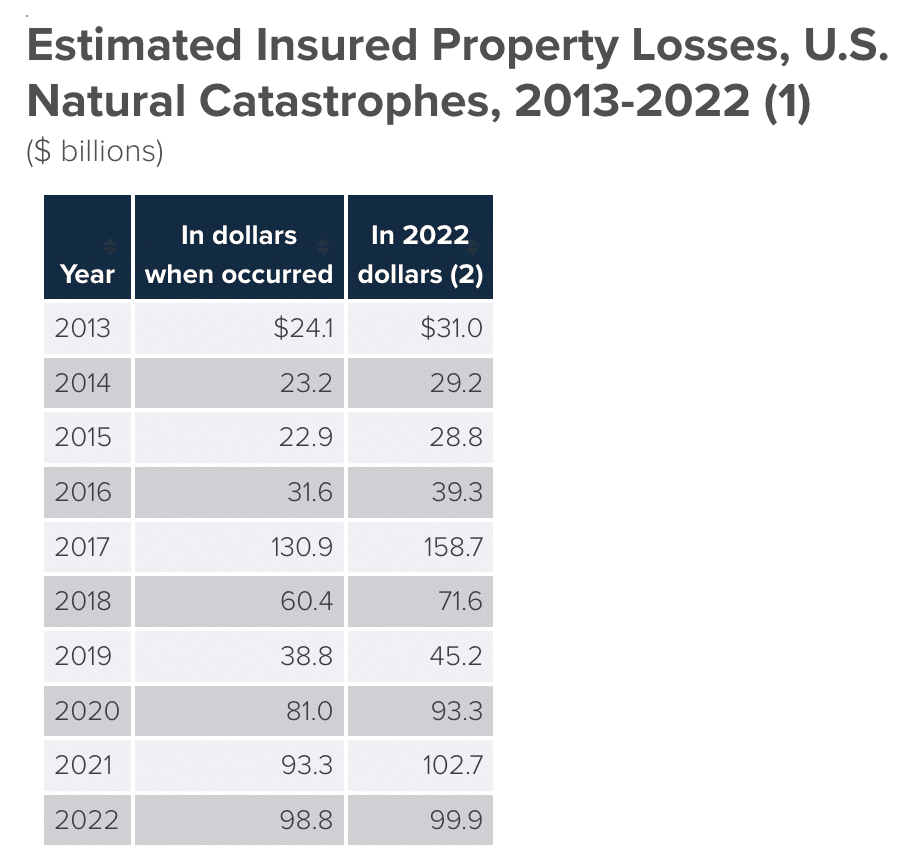
Source: AON, reprinted in Insurance Information Institute
Naturally, this has had a direct impact on insurance. As the frequency and severity of storms continue to rise, so do property losses. Claims from tropical storms, wildfires, snow storms, and flooding have continued to trend upward over the past 10 years, and as a result carriers are responding by raising premiums and limiting capacity — particularly in catastrophe exposed areas.
Despite some anticipated relief in hurricane activity this year, experts predict the prevalence and severity of natural disasters will continue to worsen.
2. Inflation
Interestingly, however, it is not so much the frequency of weather events, but the amount of development and the current cost of construction that are stressing the market.
Inflation has risen dramatically in recent years, climbing from 3.2% in 2011 to its highest level of 9.1% in 2022, driving up prices on both goods and services. This has had a direct impact on insurance cost drivers such as property valuations, construction costs, and labor. Put simply: the more expensive something is to build, replace or repair, the more you’re going to pay for insurance through premiums. In addition, in the event of a loss, the greater the impact on the deductible you will have to incur.
Over the past few months, our experts are seeing a glimmer of hope, with inflation falling back down to 3%. However, cooling inflation rates may not immediately mean that property rates will stabilize. In some instances (particularly in terms of property valuations, which we’ll discuss in more detail in point #4), insurance premiums haven’t properly kept pace with rising inflation and costs, and there are additional adjustments that still need to be made.
3. Reinsurance
The effects of escalating extreme weather events and high inflation have significantly impacted the reinsurance market. According to a special report from Moody’s Investors Service, reinsurers have experienced an increase of claims, suffered larger losses, seen decreased profitability, and realized less capital.
The result? Reinsurers are mitigating those losses by passing costs down to primary insurance companies and requiring them to retain higher net participations on their treaty programs. In a recent “Flip the Cap” interview about property market trends with Ben Beazley, EVP of Property at Jencap, Beazley explains, “The overriding message is that reinsurers are looking for [. . . ] half the limit, double the premium, and double the retention.” During the January 1, 2023 reinsurance renewal period, the reinsurance property market in North America saw an average price increase of 40-60%, and the recent June 1 renewals saw rates continue to harden.
In addition to raising rates to cover their exposure, reinsurers are taking a long, hard look at where and with whom they are willing to write business. Some are choosing to limit — or altogether eliminate — the capacity they’re willing to provide, especially to areas at a higher risk for catastrophe events.
To complicate matters further, reinsurers, as well as insurers, see fallibility in the use of catastrophe models. CAT models attempt to assess the likelihood and economic impact from the perils of earthquake, wildfire, flood, convective windstorm, and named windstorm. Without exception, however, the actuarial departments of capacity providers are building in a far more conservative “miss-factor” on the modeling results, which is further constricting risk appetite and capacity.
4. Outdated Property Valuations
In the past, property valuations have not been increased incrementally, leading to a negative correlation between “perceived valuations” and “actual” labor and construction costs. Carriers are now having to play catch-up from years of operating with outdated property data that didn’t reflect actual, current costs for replacement or repair.
Here’s how that happened:
According to Insurance Journal, leading up to 2017, demand in the property insurance market was relatively low, and carriers were motivated to build and retain business. Many of them overlooked the necessity of factoring current valuations into their pricing. Fast forward five years: carriers have begun to realize ITV (Insurance to Value) is dramatically off — up to 150% or more, in some cases.
Since many property insurance policies were underwritten and bound using inaccurate, outdated values, these properties are now at risk of being underinsured (if repair or rebuilding costs surpass their coverage limits). Carriers are addressing these discrepancies at renewal and are expecting insureds to provide recent appraisals that represent current market conditions.
“If you’ve been getting away with a valuation of $80 a square foot on your apartment complex,” says Beazley, ”you’re going to have to now look at $120 or $130 a square foot, depending — it could be more than $200 a square foot in states such as California and New York. So even if your premium rate stays the same, which it isn’t, you obviously are going to be looking at a substantial premium increase over what you’re used to.”
5. Worldwide Supply Chain Disruptions
The COVID-19 pandemic, labor shortages, and global political unrest created the perfect storm for massive disruptions in supply chains. Supply shortages throughout 2020 and 2021 drove up demand for certain items (like lumber and lithium), and prices jumped accordingly. Now, in 2023, some prices have fallen from their pandemic all-time highs, but we’re seeing shortages and pricing hikes for other critical building materials like aluminum, nickel, and electrical steel.
This has a similar effect to inflation. When the cost of building materials goes up, so do the costs to repair and rebuild. If a large catastrophic event (like Hurricane Ian, for example) destroys an urban area, thousands of insured commercial and residential properties may be damaged or destroyed. All of these properties will be working to repair or rebuild at the same time, with many needing some of the same critical building materials that are in short supply. This increased demand for labor and supplies can drive up prices even further, leading to “Demand Surge” that drives up insurance costs further.
Preparing Property Clients for Renewals
The commercial property market is working hard to offset their underwriting losses, remain profitable, and position themselves to be supportive to their insureds. According to the Insurance Information Institute, strong premium growth and rate increases will counter some of the financial pressure from recent losses, and experts expect an underwriting profit through 2023 and 2024, barring any major catastrophe events.
Unfortunately for insurance buyers, this means rates will likely continue to rise (upward of 25%) throughout the remainder of the year. Insureds will be faced with the tricky task of balancing what they can afford to pay for their property insurance and how much risk they’re willing to take on.
Beazley notes that this is an opportunity for the retail agent, insured, and wholesale broker to collaborate more than they may have in the past. He says, “It starts with the wholesale broker working with our retail partners very closely and having a joint discussion with the insured to explain the whole marketing process and what can be expected out there.” Together, we can work creatively to explore all options, including different retention limits, along with layering policies to get the necessary coverage at the most advantageous terms.
“Underwriters definitely react better if the insured is willing to participate in loss,” Beazley explains. “So that means taking a higher retention. The broker and insured need to talk about what that looks like financially. How much could [the insured] take on in the way of retention? Insurance companies view that as an alignment of interest.”
Jencap, Your Expert in All Things Property
Navigating the current property market might feel like a bit of an unpleasant roller-coaster ride, with a new and unexpected surprise around every corner. The Jencap property team will guide you and your clients through the twists and turns of this hard market. With Jencap, you can rest assured that we’ll work tirelessly alongside you and your clients to secure the best solutions and pricing possible in this unprecedented environment. Contact us today to speak with one of our experts.


